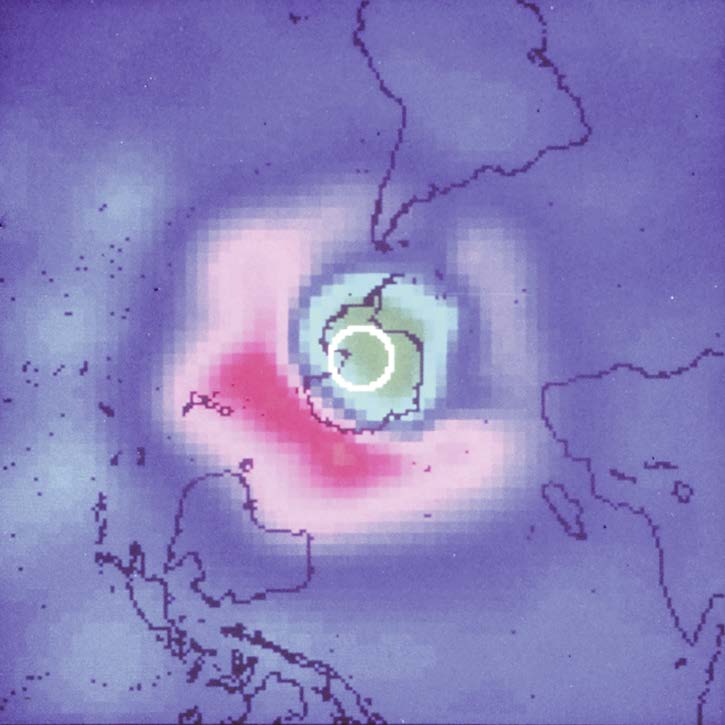Why is the ozone layer important to Earth?Ozone, or three molecules of oxygen (03, compared with the O2 that humans breathe) is a blanket in the atmosphere that covers Earth. The ozone layer is located between 9 and 25 miles (15 and 40 kilometers) up in the atmosphere, and it is produced by the interaction of the Sun’s radiation with certain air molecules. While this blue-tinged gas benefits the atmosphere, ozone forms a layer of chemical smog at ground level. The smog is a secondary pollutant produced by the photochemical reactions of certain air pollutants, which usually come from cars and industrial activities. The ozone layer is important to all life on planet Earth because it protects all living things from the effects of Sun’s damaging ultraviolet radiation. Scientists believe that, about 2 billion years ago, oxygen was being produced by shallow-water marine animals. This outgoing oxygen helped produced the ozone layer. As the oxygen levels increased, ocean animals evolved. Once the protective layer was in place in the atmosphere, marine plants and animals were able to safely spread onto land. The loss of ozone means some sensitive organisms—necessary to Earth’s food chain—may be killed by exposure to intense ultraviolet radiation from the Sun. 
This image taken by satellite shows the hole in the ozone over Antarctica. The redder colors indicate low levels of ozone. (National Oceanic and Atmospheric Administration) |